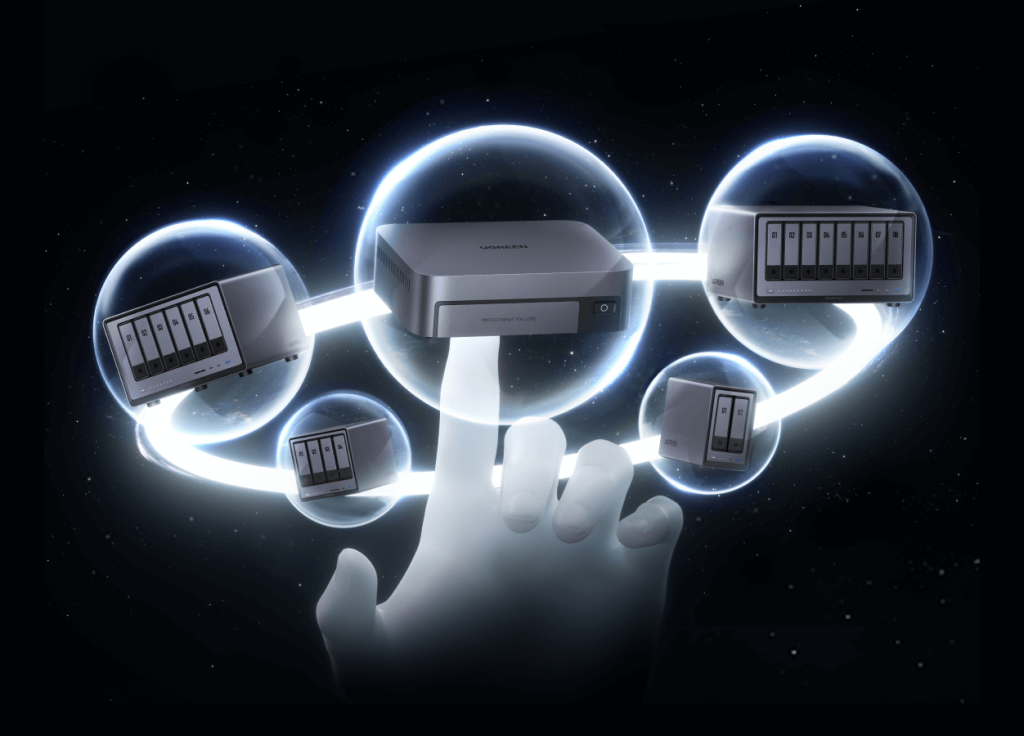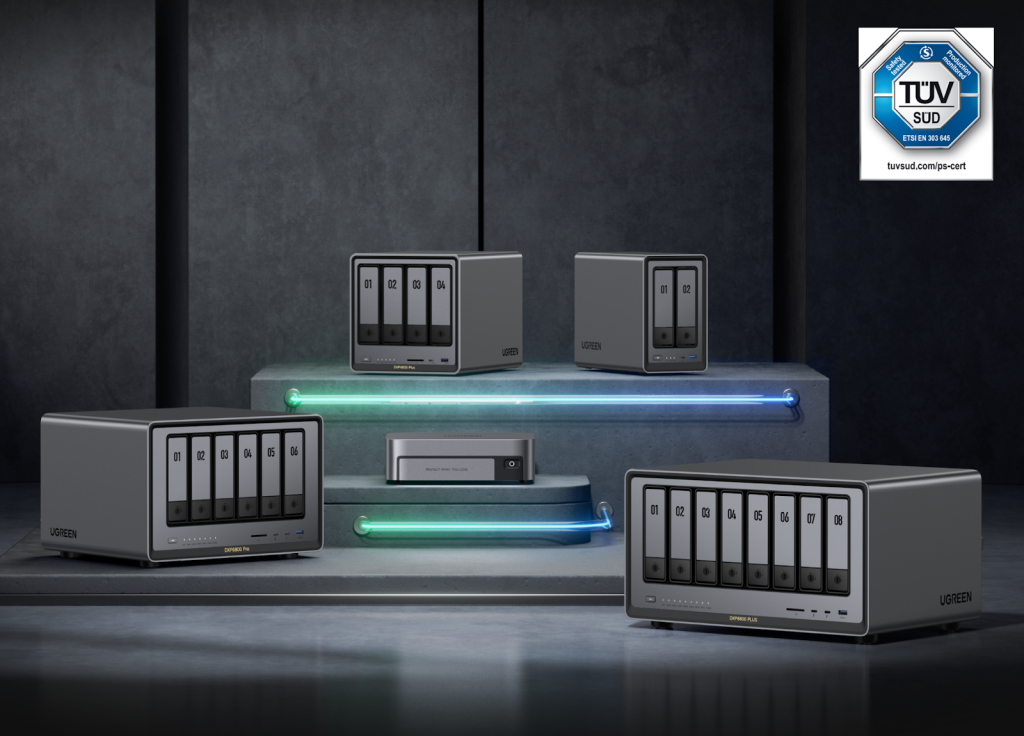
In today’s digital landscape, small businesses face unprecedented challenges in safeguarding client data. With cyber threats escalating and traditional storage solutions becoming increasingly expensive, professionals need a reliable yet cost-effective approach to data management. Network Attached Storage (NAS) systems emerge as a compelling solution for home-based businesses, offering enterprise-grade security without the enterprise-level complexity or cost. These dedicated nas storage for home solutions combine robust data protection with seamless scalability, enabling businesses to grow their storage capacity alongside their client base. By providing complete control over sensitive information while maintaining regulatory compliance, modern NAS systems address the critical balance between accessibility and security. This comprehensive guide will walk you through implementing a professional-grade storage system that protects your clients’ valuable assets while keeping your business agile and efficient.
Why Small Businesses Need Dedicated NAS Storage for Home
Traditional consumer cloud storage solutions pose significant risks when handling sensitive client data. While platforms like Dropbox or Google Drive offer convenience, they lack the robust security features and complete data sovereignty that professional services demand. Small businesses often discover their client information scattered across multiple cloud services, creating potential compliance violations and security vulnerabilities. Additionally, as data volumes grow, cloud storage subscription costs can escalate dramatically, eating into profit margins. A typical small business managing 5TB of client data could face annual cloud storage costs exceeding $1,200, compared to a one-time investment in NAS infrastructure. The challenge intensifies as client portfolios expand, requiring frequent storage upgrades and complex permission management across different platforms. Moreover, regulatory frameworks like GDPR and HIPAA mandate strict control over data location and access logs – requirements that consumer cloud services rarely satisfy. A dedicated home NAS system addresses these challenges by providing complete control over data storage, backup processes, and access permissions while offering the flexibility to scale storage capacity according to business growth.

Your Expandable Storage Core
When considering NAS solutions, UGREEN NAS stands out with its versatile storage architecture designed for seamless expansion. The system supports multiple drive bays utilizing advanced RAID configurations, offering both data redundancy and enhanced performance. Users can start with a basic two-drive setup and expand to four drives without complex data migration procedures, thanks to the system’s dynamic volume management. The NAS delivers consistent read speeds up to 1000MB/s across the local network, easily handling simultaneous access from multiple team members working on large client files. Network performance remains stable through intelligent caching and automated load balancing, ensuring smooth operation even during peak usage periods. The system’s built-in network optimization includes jumbo frame support and link aggregation capabilities, maximizing data transfer efficiency across your local infrastructure. Advanced features like SSD caching further enhance frequently accessed files’ performance, while the system automatically manages drive health and performance optimization. This robust foundation ensures your storage infrastructure can evolve alongside your business needs, eliminating the traditional growing pains of data management expansion.

Configuring Secure Data Access
Initial Setup Walkthrough
Begin your NAS implementation by following a systematic hardware setup process. Mount your drives securely in the available bays, ensuring proper connection of power and network cables. Configure your router to assign a static IP address to the NAS device, preventing connection issues from dynamic IP changes. Create separate storage pools for different data categories, implementing RAID 1 or RAID 5 configurations depending on your drive count and redundancy needs.
Remote Access Protocols
Establish secure remote access by configuring SSL certificates and enabling HTTPS connections. Install the mobile app on authorized devices, utilizing device-specific authentication tokens for enhanced security. Implement mandatory two-factor authentication for all remote connections, combining traditional password protection with time-based one-time passwords (TOTP). Set up automatic timeout policies for idle sessions and restrict access attempts from unknown IP addresses. Enable real-time notifications for unauthorized access attempts and successful logins from new devices. Regular security audits should verify these remote access protocols remain effective and up-to-date with current security standards.

Granular User Control Implementation
Effective client data management requires sophisticated user access controls that go beyond basic permissions. Start by creating distinct user groups that mirror your client relationships, with separate access zones for each client’s data ecosystem. Implement role-based access control (RBAC) with at least three tiers: administrator, client manager, and client viewer. Configure access permissions at both folder and file levels, ensuring clients can only view and modify their designated data spaces. Set up comprehensive audit logging that tracks all file access, modifications, and sharing activities, maintaining detailed records for compliance requirements. The system’s built-in audit tools automatically capture user sessions, file operations, and access attempts, storing this information in encrypted log files. Establish a client portal interface that provides secure, branded access points for each client, featuring customized dashboards displaying relevant files and storage metrics. Enable automated notifications for critical events like unauthorized access attempts or unusual file operations. Regular permission reviews should be scheduled quarterly, ensuring access rights align with current client relationships and internal security policies. This granular control system maintains clear boundaries between different clients’ data while providing transparent activity monitoring for regulatory compliance.
Cost-Efficiency Analysis and Future-Proofing
Transitioning to a NAS system demonstrates significant cost advantages over traditional cloud storage solutions. While cloud services require ongoing monthly payments, NAS systems represent a single upfront investment with minimal recurring costs. A comprehensive analysis reveals that businesses typically recover their NAS investment within 18-24 months compared to equivalent cloud storage subscriptions. The system’s modular expansion capabilities allow for strategic growth, enabling businesses to add storage capacity precisely when needed rather than paying for unused space. Power consumption remains notably efficient, with the system automatically entering low-power modes during off-peak hours while maintaining instant accessibility. The built-in backup capabilities integrate seamlessly with existing disaster recovery protocols, eliminating the need for separate backup solution subscriptions. Advanced features like snapshots and versioning protect against ransomware without additional costs, while the system’s compatibility with industry-standard protocols ensures long-term viability as technology evolves.

Securing Your Digital Future with NAS
Implementing a dedicated NAS solution represents a strategic investment in your business’s data security and operational efficiency. By establishing complete control over client data storage and access, small businesses can meet stringent security requirements while maintaining the agility needed in today’s digital environment. The system’s expandable architecture eliminates the traditional constraints of fixed storage solutions, allowing your infrastructure to grow precisely in line with your business needs. When compared to recurring cloud storage costs, NAS systems deliver substantial long-term savings while providing enhanced security features and compliance capabilities. To begin securing your client data, start by assessing your current storage requirements and planning your initial RAID configuration. Follow this with implementing the recommended security protocols and user access controls detailed in this guide. The result will be a robust, scalable storage solution that protects your clients’ valuable data while positioning your business for sustainable growth.
